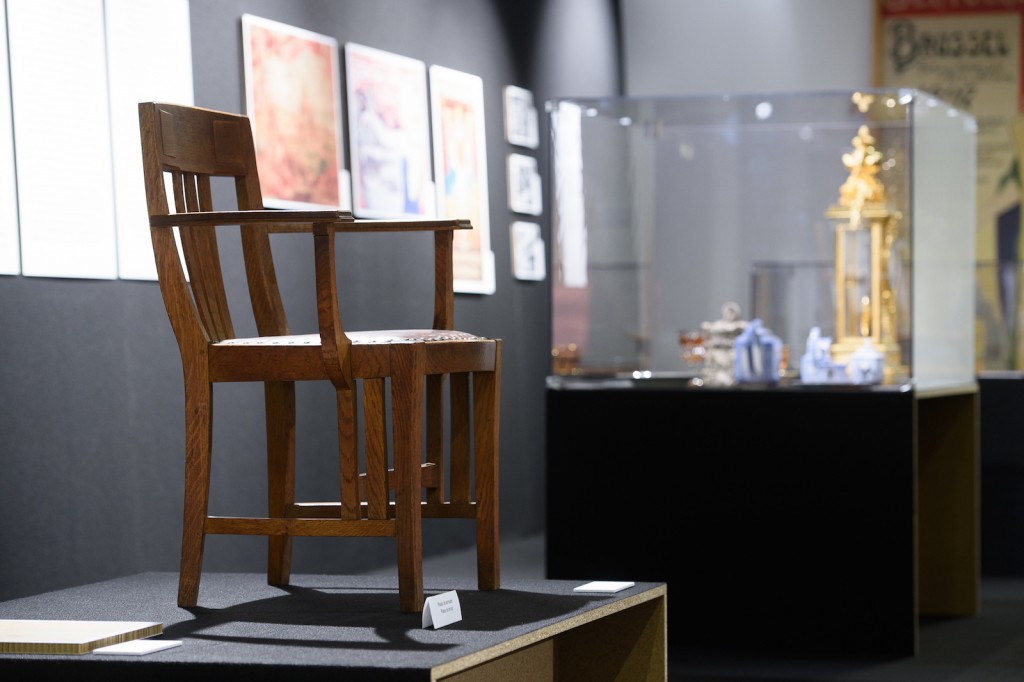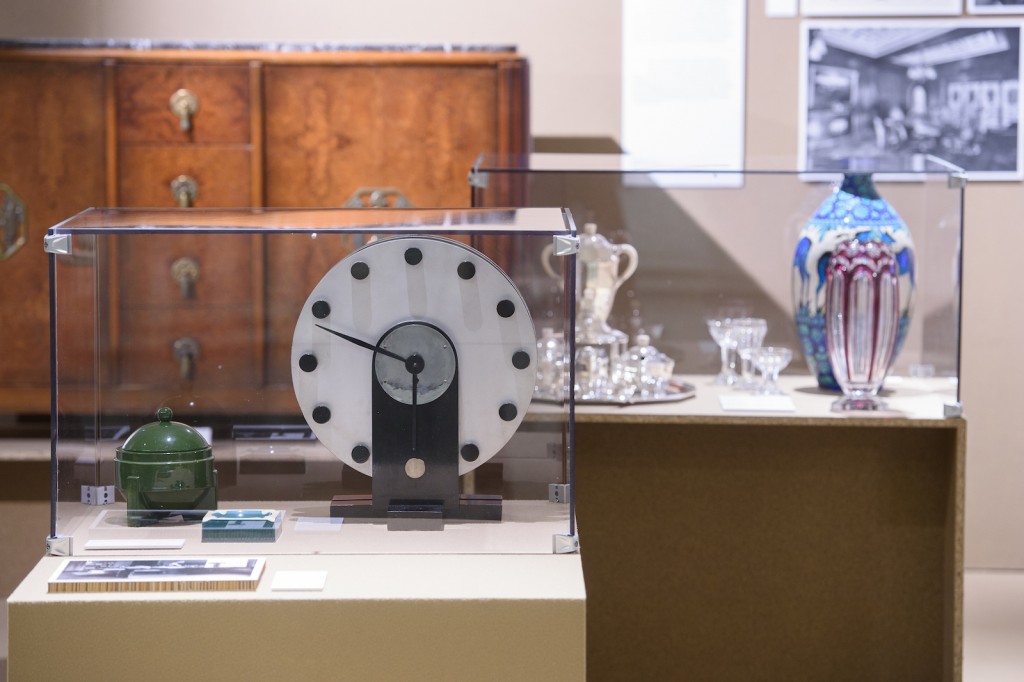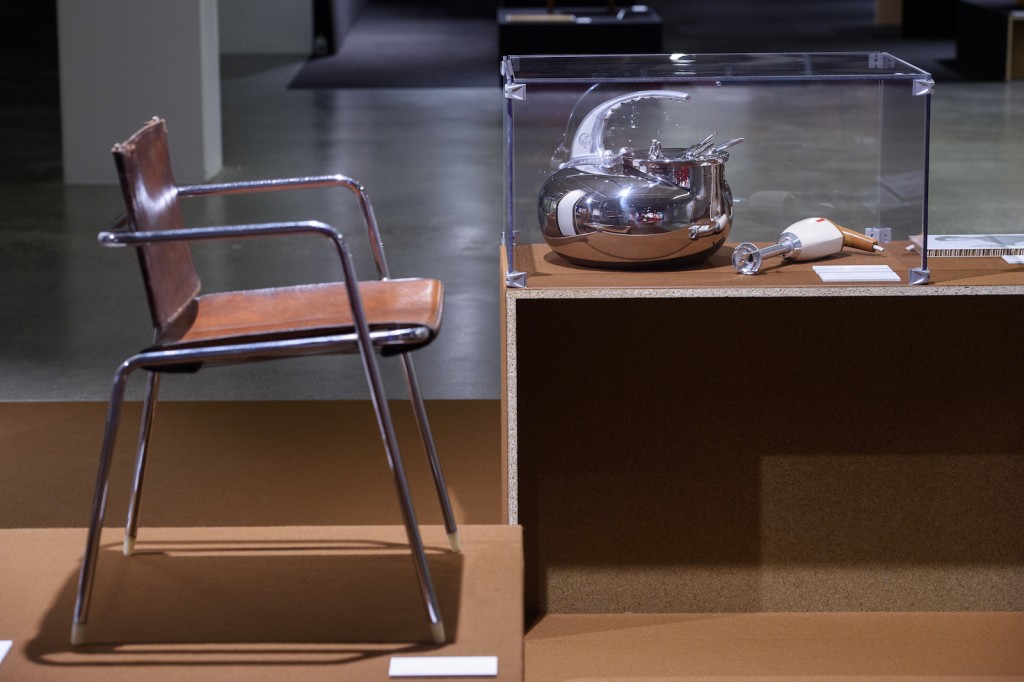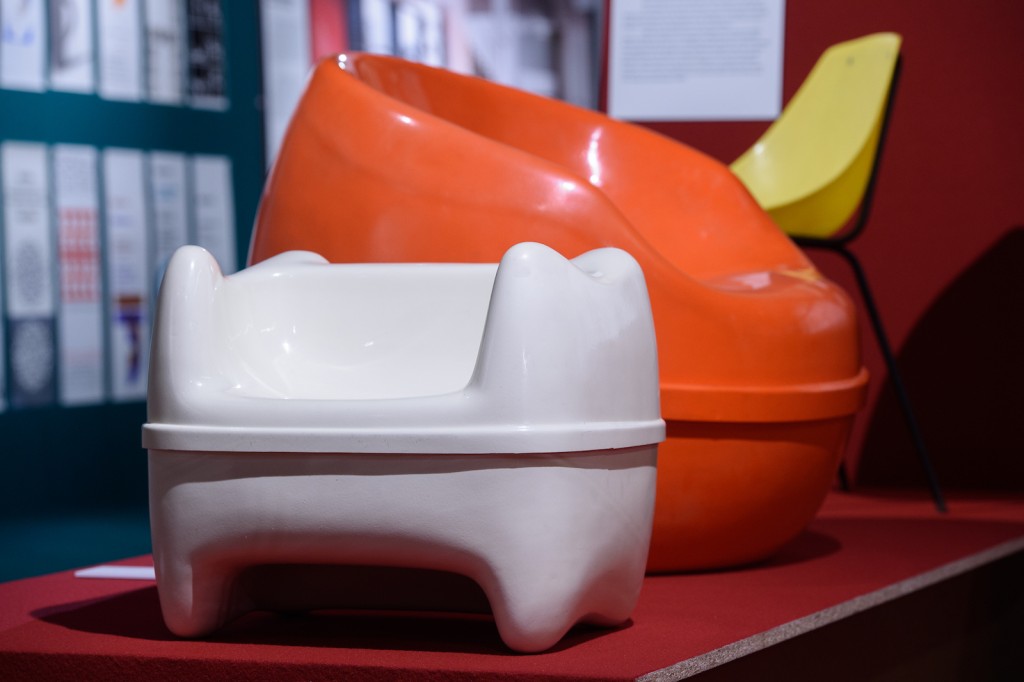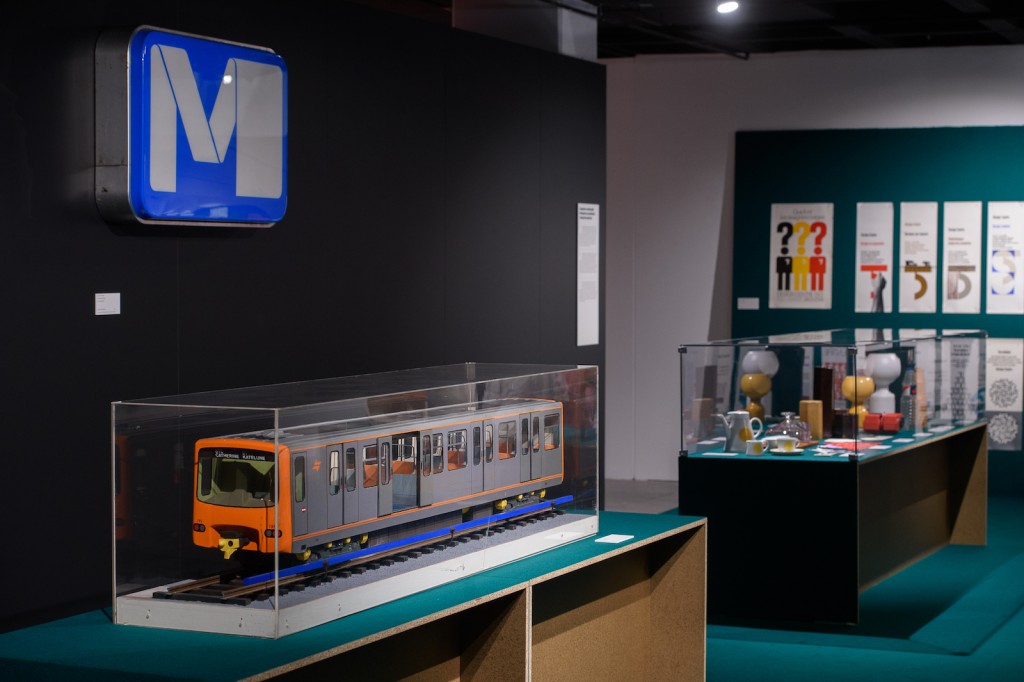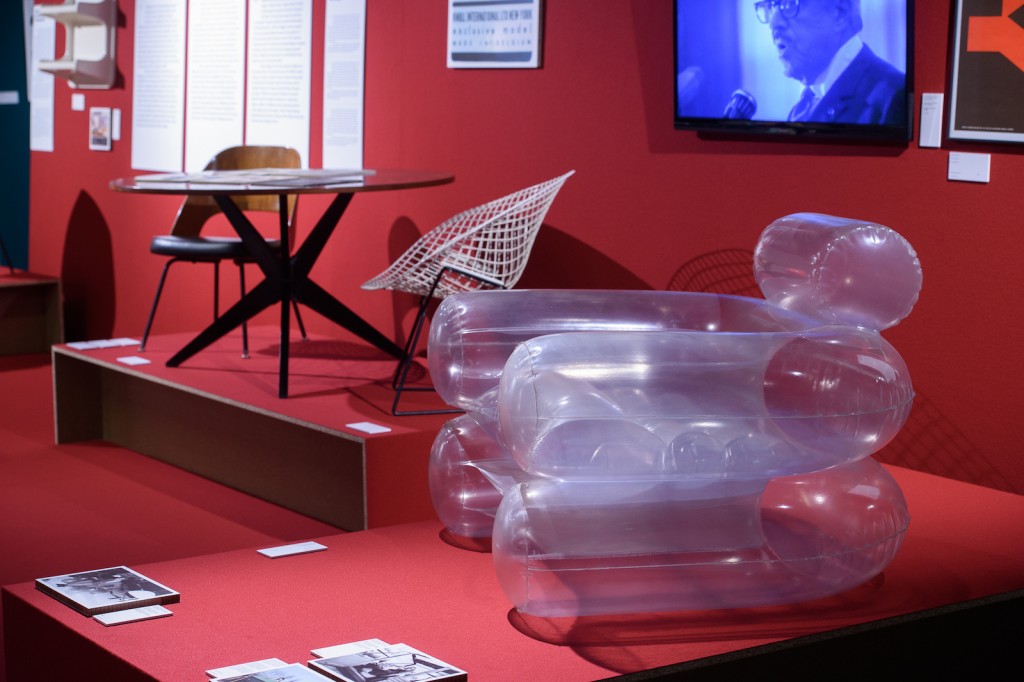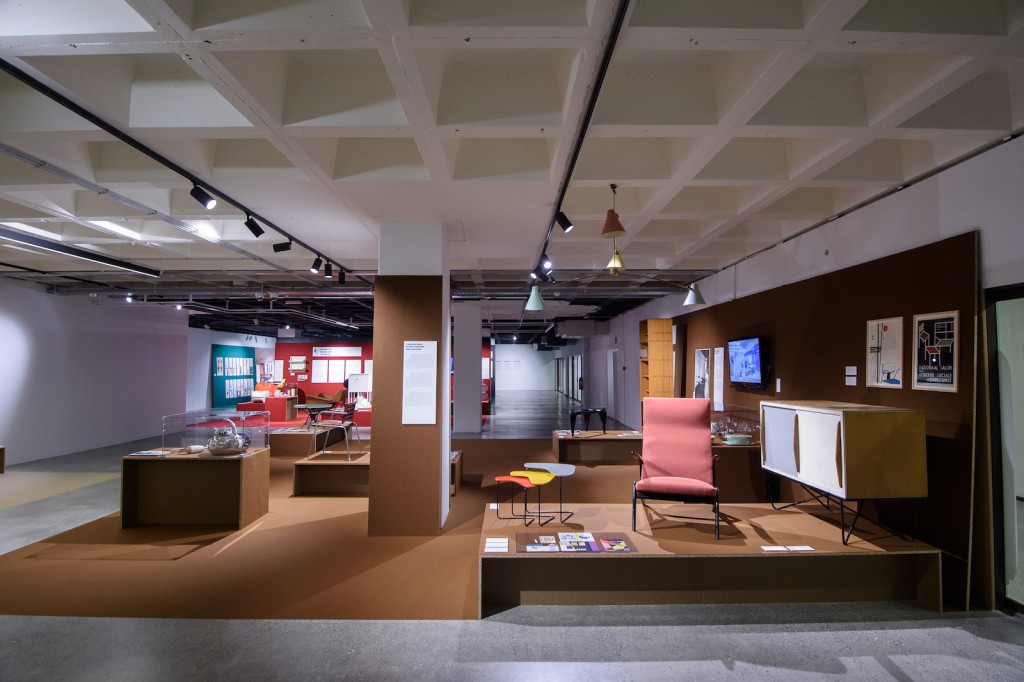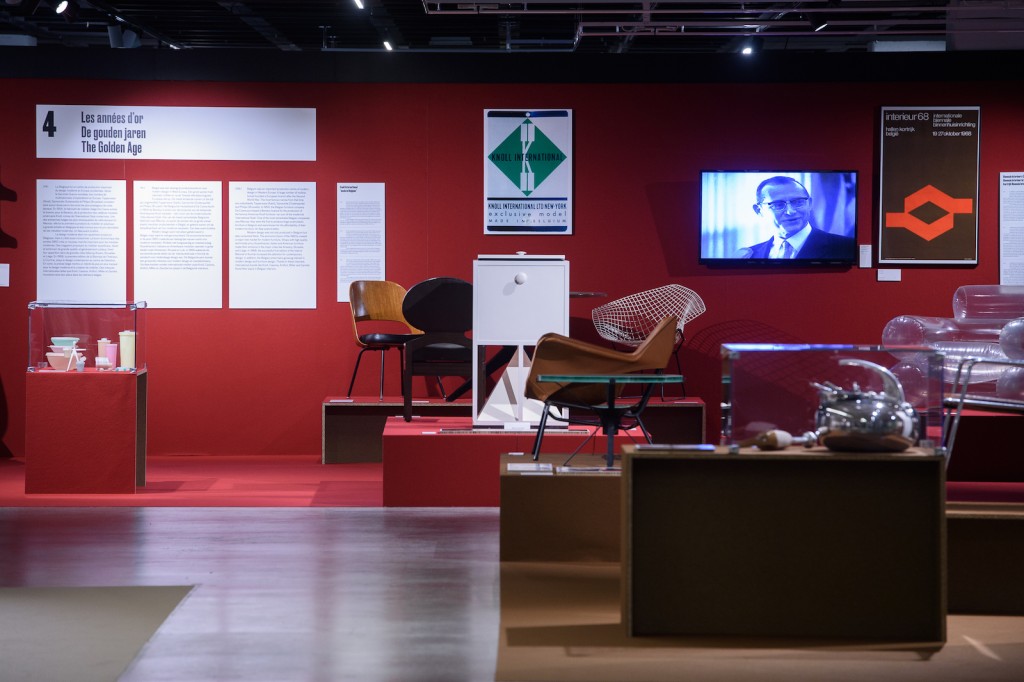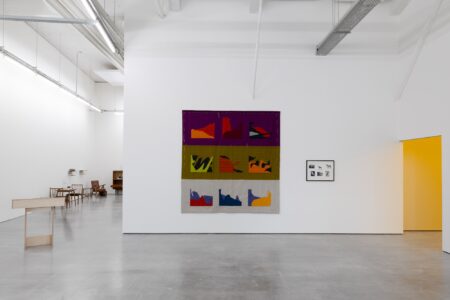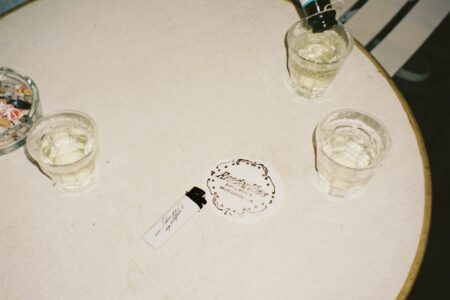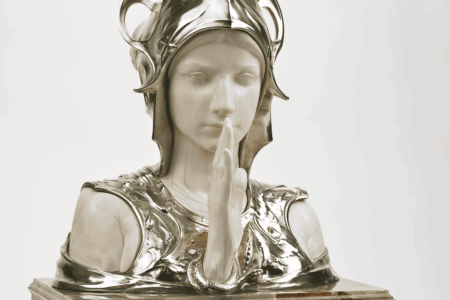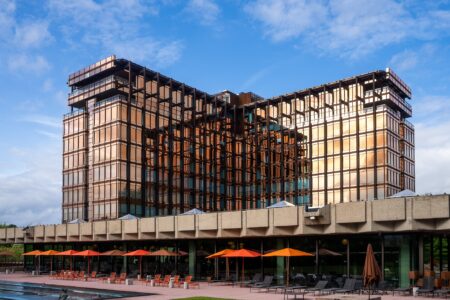A Panorama of Belgian Design
From Art Nouveau to La Cambre, an exhibition at the ADAM – Brussels Design Museum tours the history of modern Belgian design
As the curators of Panorama explain, Belgium is not a place immediately associated with design. And yet, the country is the birthplace of Art Nouveau and Expo 58 is still considered a watershed moment in European design history.
The exhibition at the ADAM – Brussels Design Museum makes the case for Belgian modern design, presenting objects and documentation that illustrate both the history of the discipline and its role in the nation’s social, economic and self-branding ambitions.
Self-branding indeed occupies a large part of the exhibition: after its creation in 1830, the Belgian state looked to the Flemish Renaissance and the Gothic style to project its identity to the outside world, especially during World Exhibitions in Paris and New York in the late 1930s. Names like Victor Horta, Paul Hankar and Gustave Serrurier-Bovy pushed forward the distinctive details of Art Nouveau, while in 1926 Henry van de Velde became the director of the newly founded La Cambre.
After World War II, when the capital became a diplomatic powerhouse, design became a governmental policy, which turned the city into a heavy importer and exporter of the decorative arts.
Curators Katarina Serulus and Thierry Belenger end the whirlwind walk through design history lane with an ironic position. For a country whose identity is so steeped in regionalism, Belgian design is still a bit of a chimera. “In 1994, Geert Bekaert raised the absence of a Belgian identity as the main feature of Belgian design,” explained Serulus and Belenger. “That stereotypical belgitude still seems to be the dominant category used to describe popular Belgian design today.”
Panorama is on display until January 7
